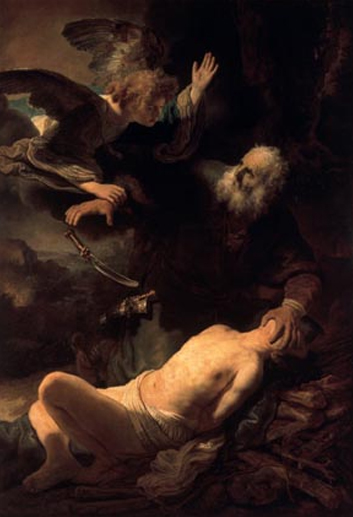REMBRANDT was a thoroughly inconsistent and frequently inept artist. He often got things wrong in his paintings, treating the human form with a strange disregard for anatomical truth. He was forever smudging, omitting and leaving indistinct. Sometimes whole areas of a painting appear to have bored him, so he han-dled them with a disconcerting, cursory sketchiness. He often seems a different artist from one painting to the next, and the field of his concerns is so large as to seem almost indefinable. These are the most common complaints about Rembrandt, but there is also a sense in which they are not really criticisms at all. Rembrandt's inconsistency, his troubling variousness, are an integral part of his genius. They are built in, so to speak, to his greatness.
This is a source of irritation to many people, not least, perhaps, to the professional Rembrandt scholars responsible for ''Rembrandt: The Master and His Workshop'', at the National Gallery. The exhibition was brought into being by a group of art historians, led by the Amsterdam-based Rembrandt Research Project, in the hope that it might justify their attempts to tidy up Rembrandt, to smooth out his rough edges and make him a more manageable and discreet artist.
The results of the Rembrandt Research Project's investigations are, by now, well known: the deattribu-tion of large numbers of so-called ''Rembrandts'', and their reassignation to artists employed in his workshop; the removal, from the presumed corpus of Rembrandt paintings, of such masterpieces as the Frick Collection's The Polish Rider. The National Gallery's exhibition was intended to demonstrate the solidity of the art historical reasoning that lies behind the curious saga of the incredible shrinking Rembrandt oeuvre. It fails, but the nature of its failure is not without interest and even a certain drama: in trying to reveal...


